Travel back in time on Ripley railway
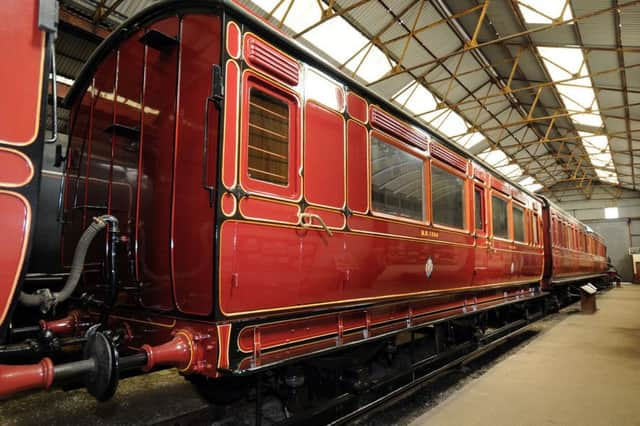

But not just a hotspot transport and history enthusiasts, this local attraction has something for all the family, including a picturesque train ride across Butterley and into the beautiful Derbyshire countryside.
Operating between Butterley and the Swanwick Junction Station, the restored railway line will transport you back to the ‘age of steam’.
Advertisement
Hide AdAdvertisement
Hide AdDeparting from Butterley Station you head under the bridge and past the former goods yard. Look out of the window and you’ll see Swanwick Junction for the first time. The impressive views include canal-side cottages and rolling green hills.
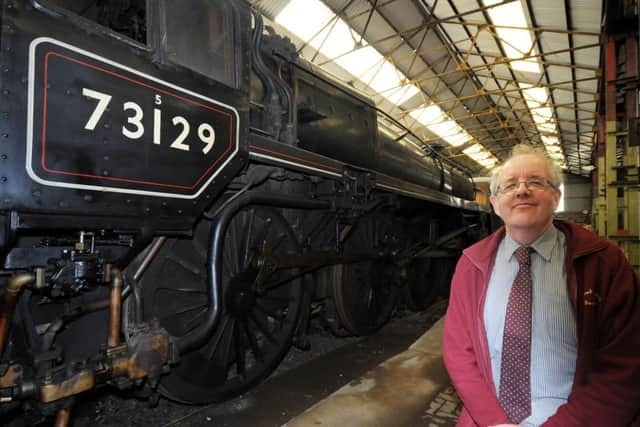

To see the full line, visitors usually travel to the end of the line and then on the way back get off at Swanwick Junction to explore the museum complex, which boats a unique collection of locomotives.
And now is a great time to head down, as volunteers have made changes to the display which has allowed two steam locomotives to come out of storage and be showcased centre stage.
The two are the British Railways Class Five number 73129 and London Midland and Scottish Railway 3F Tank locomotive number 47327 in its guise as Somerset and Dorset Railway number 23.
Advertisement
Hide AdAdvertisement
Hide AdThe vintage carriages in the museum have been moved around as well giving a different view for visitors.
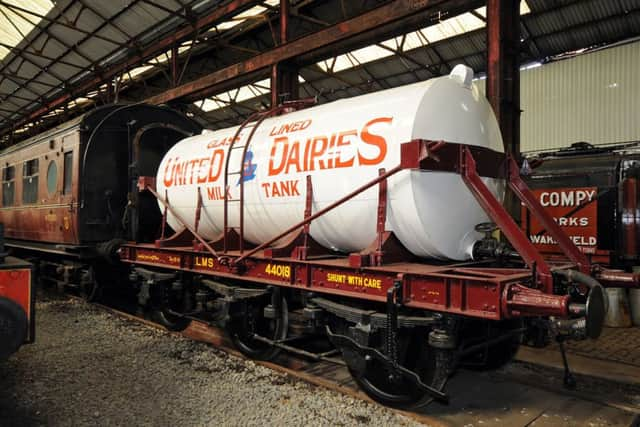

The special Dynamometer Car that was used for testing locomotives has been moved close to the platform so that visitors can take a peek inside.
Regular visitors will be pleased to see that the popular items are still on display with favourites such as the 1866 Midland Railway 2-4-0 number 158A on loan from the National Railway Museum, the Andrew Barclay crane tank locomotive Stanton no 24, ‘Gladys’ the Markham-built locomotive that has never left Derbyshire, the Boots fireless engine, and the original Pullman carriage are all still on show to enjoy.
The Midland Railway Trust development officer Alan Calladine, said: “The museum display had not been changed for several years and there was the chance to add more items into the display.
Advertisement
Hide AdAdvertisement
Hide Ad“This has enabled more items to be seen and a better view of some others created. It is also the perfect time to head down as we are open and running trains every day until April 19. “We welcome anyone whether you are two or 102, we have something that will interest and entertain you. And if you are a transport and history buff, there is a lot to learn about how the railway came to be the tourist attraction it is today.”
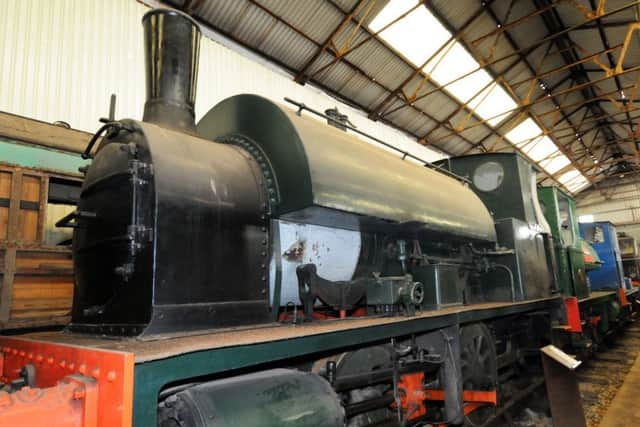

And how that all started was with a proposal to commemorate the role of the Midland Railway in the industrial history of Derby. It led to a decision in 1969 by Derby Corporation, to create a working and static museum dedicated to the history and development of the Midland Railway.
This project was supported by the Midland Railway Project Group – a voluntary labour force set up to collect and restore exhibits and operating equipment.
In its quest to find suitable steam locomotives, the corporation arranged to purchase two Jinties (47327 and 47357) from Woodham’s scrap yard. Another Jinty (47445) was purchased from the National Coal Board.
Advertisement
Hide AdAdvertisement
Hide AdAfter several false starts, a site for the museum was identified along part of the former Pye Bridge – Ambergate line which had closed in 1968. Only part of the line was available because the track west of the A38 had vanished with the realignment of the A610. Therefore, it was only the three and-a-half miles from Hammersmith to Pye Bridge which was available. The line had been lifted, the station at Butterley had been removed.
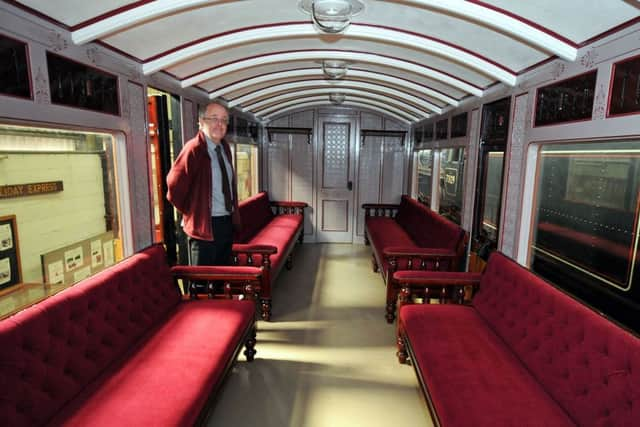

The project was supported by Derbyshire County Council however, both the county council and Derby Corporation had to withdraw due to lack of funds.
After this setback, volunteers decided to continue with the project and formed The Midland Railway Company Limited in February 1973. The company changed its name to the Midland Railway Trust in December 1976.
Work started on the site in 1973 and it was a daunting prospect that faced the volunteers, who could only see years of work before trains could actually carry passengers. It was decided to make Butterley (the site of the only station on the original line) the base of the project with the museum at Swanwick Junction.
Advertisement
Hide AdAdvertisement
Hide AdBy 1975 sufficient progress had been made to run a steam open day when locomotives were steamed and interesting items were placed on display to the public.
Efforts were then made to restore and preserve items of historic interest to the Midland Railway as well as providing the basic facilities for train operation. A Light Railway Order was applied for in January 1980 with permission to run passenger services being granted in July 1981. And finally, the first passenger train to run along the one-mile of track left Butterley on August 22 1981 – eight and-a-half years after the trust formed.
For more visit: midlandrailway-butterley.co.uk.